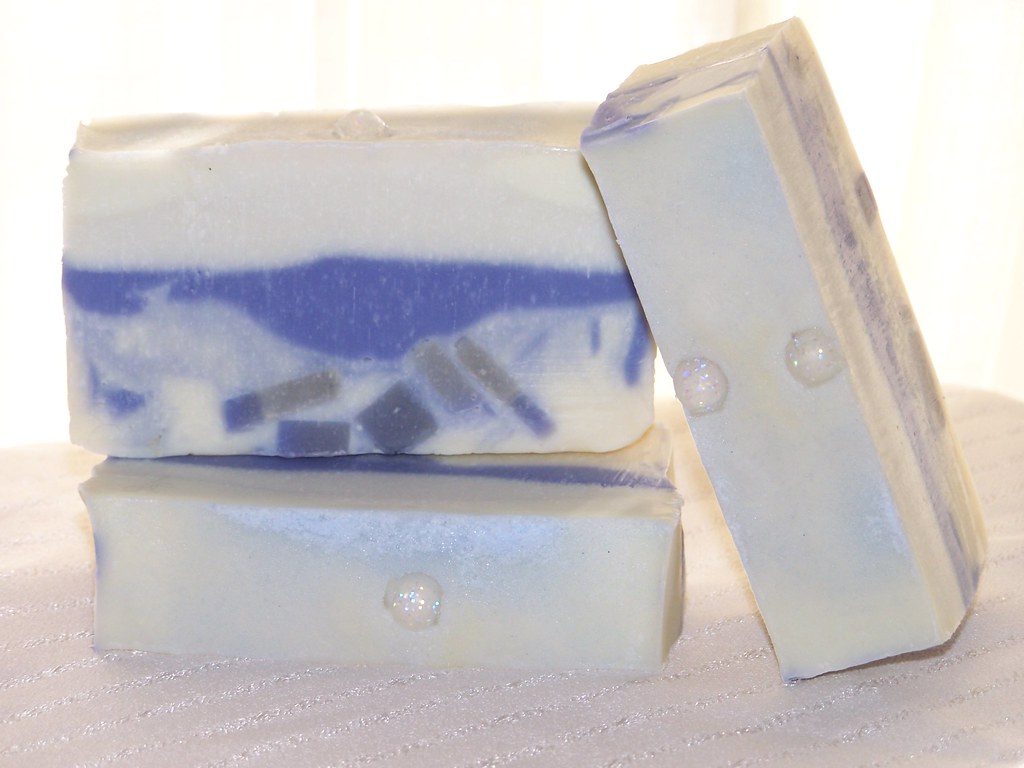Cold process soap making is an art that combines chemistry and creativity. It’s a rewarding hobby that allows you to craft custom soaps with natural ingredients, unique designs, and personalized scents. Whether you’re a seasoned soap maker or just starting, this guide will walk you through the best cold process soap recipe step by step, ensuring success and satisfaction.
Why Choose Cold Process Soap?
Cold process soap offers several benefits:
Customization: You control the ingredients, colors, and scents.
Natural Ingredients: No harsh chemicals or preservatives.
Eco-Friendly: Reduces plastic waste compared to store-bought soaps.
Skin Benefits: Retains glycerin, a natural moisturizer.
By understanding the basics and following a well-tested recipe, you can create luxurious, high-quality soaps that suit your preferences.
Essential Tools and Ingredients
Before diving into the recipe, gather these tools and ingredients:
Tools
Digital Scale: For precise measurements.
Thermometer: Ensures oils and lye reach optimal temperatures.
Stick Blender: For emulsifying the mixture.
Heat-Safe Bowls: To mix lye and oils.
Soap Mold: Silicone molds are beginner-friendly.
Gloves and Safety Goggles: Essential for handling lye.
Spatula: For scraping and smoothing.
Vinegar: Neutralizes lye spills.
Ingredients
Olive Oil: Provides moisturizing properties.
Coconut Oil: Adds hardness and lather.
Palm Oil (sustainable): Balances the formula with creaminess.
Castor Oil: Enhances lather.
Distilled Water: Avoids impurities.
Sodium Hydroxide (Lye): Necessary for saponification.
Essential Oils: For fragrance.
Natural Colorants: Such as mica powders or clays.
Additives: Like oatmeal, dried flowers, or exfoliants.
Safety First
Lye is a caustic substance and must be handled with care:
Wear gloves and goggles.
Work in a well-ventilated area.
Add lye to water, never water to lye (to prevent a dangerous reaction).
Keep vinegar nearby to neutralize spills.
The Best Cold Process Soap Recipe
This beginner-friendly recipe yields approximately 2 pounds of soap. Adjust quantities proportionally for larger batches.
Ingredients
Olive Oil: 10 oz
Coconut Oil: 8 oz
Palm Oil: 6 oz
Castor Oil: 2 oz
Distilled Water: 10 oz
Sodium Hydroxide (Lye): 4.5 oz
Essential Oil Blend: 1.5 oz (e.g., lavender and tea tree)
Colorant: Optional (e.g., 1 tsp mica powder)
Additives: Optional (e.g., 2 tbsp oatmeal)
Instructions
Prepare Your Workspace
Line your soap mold if it isn’t silicone.
Arrange tools and ingredients for easy access.
Wear safety gear.
Weigh Ingredients
Use a digital scale for accuracy.
Measure oils, water, and lye separately.
Mix Lye and Water
Slowly add lye to distilled water (never the reverse) in a heat-safe container.
Stir gently until fully dissolved.
Allow the lye solution to cool to 100°F-110°F.
Melt and Cool Oils
Combine olive, coconut, palm, and castor oils in a large bowl.
Heat gently until fully melted.
Let the oils cool to 100°F-110°F.
Combine Lye Solution and Oils
Pour the lye solution into the oils slowly.
Use a stick blender to mix until you reach “trace” (a pudding-like consistency).
Add Color and Fragrance
Mix in essential oils and colorants.
Stir thoroughly for an even distribution.
Pour into Mold
Pour the soap batter into the mold.
Tap the mold gently to remove air bubbles.
Smooth the top with a spatula.
Insulate and Cure
Cover the mold with a towel to insulate.
Let it sit for 24-48 hours until firm.
Unmold and cut into bars.
Cure the Soap
Place bars on a drying rack in a cool, ventilated area.
Cure for 4-6 weeks, flipping occasionally.
Test the pH to ensure the soap is safe to use.
Tips for Success
Temperature Control: Keep lye and oils within 10°F of each other.
Experimentation: Customize with different oils, scents, and additives.
Record Keeping: Note changes to refine future batches.
Troubleshooting: If soap doesn’t trace, blend longer. If it’s too soft, adjust curing time.
Advanced Techniques
For experienced soap makers, consider these techniques:
Swirling
Use multiple colors to create intricate designs.
Pour contrasting colors side by side and swirl with a skewer.
Layering
Pour layers of different colors or textures.
Allow each layer to set before adding the next.
Embeds
Place pre-made soap shapes into the batter for decorative effects.
Benefits of Homemade Soap
Skin-Friendly
Tailor ingredients to suit your skin type.
Avoid synthetic fragrances and harsh detergents.
Cost-Effective
Create premium soaps at a fraction of the cost of store-bought options.
Sustainable
Use eco-friendly packaging or none at all.
Choose sustainable ingredients.
Frequently Asked Questions
Can I use tap water instead of distilled water?
Tap water contains impurities that may interfere with saponification. Distilled water is recommended.
How do I know if my soap has cured?
Cured soap is harder, lighter, and has a balanced pH (around 8-10).
What if I don’t have a stick blender?
Mix manually, but it will take longer to reach trace.
Conclusion
Cold process soap making is a fulfilling craft that offers endless possibilities. This best cold process soap recipe is a perfect starting point for beginners and a reliable staple for seasoned artisans. With practice, you can experiment and refine your techniques, creating soaps that are not only beautiful but also nourishing and sustainable. Happy soap making!

